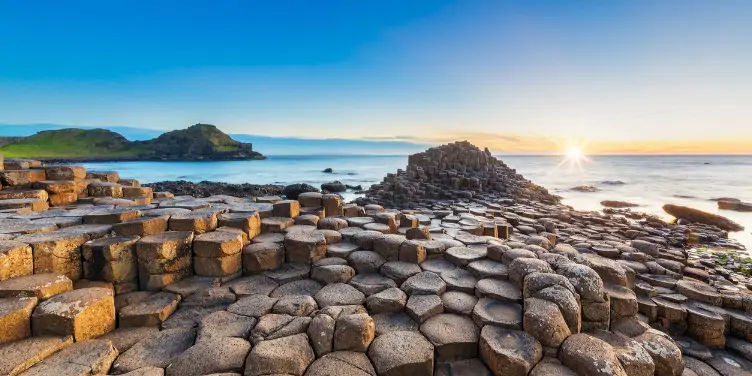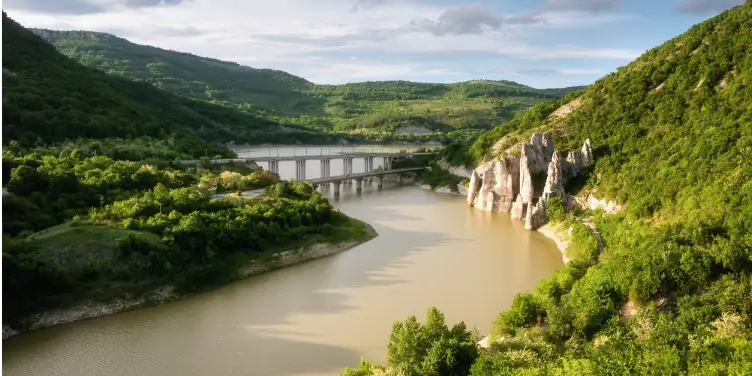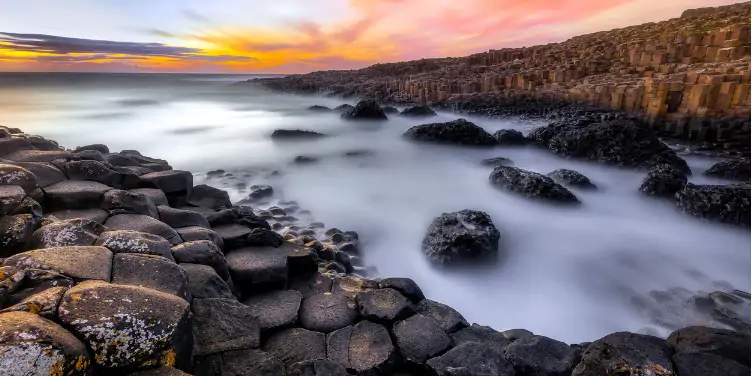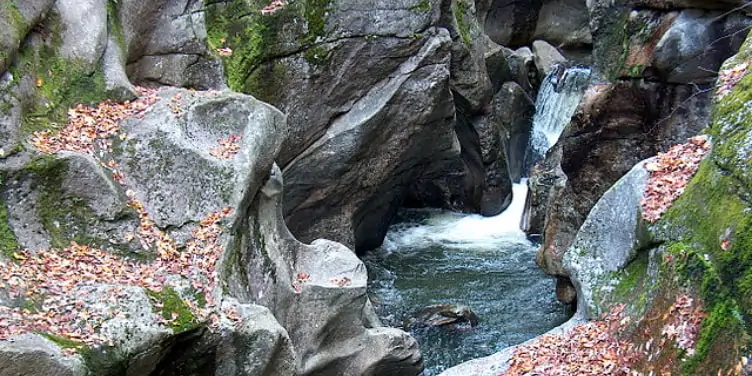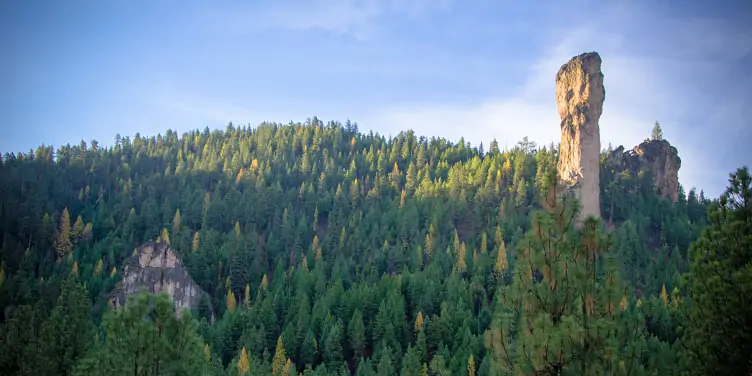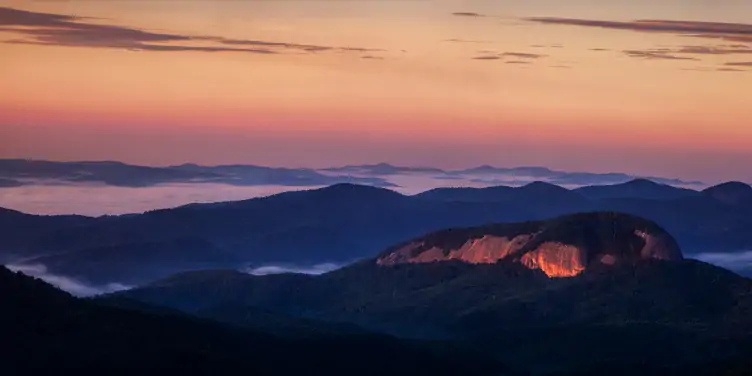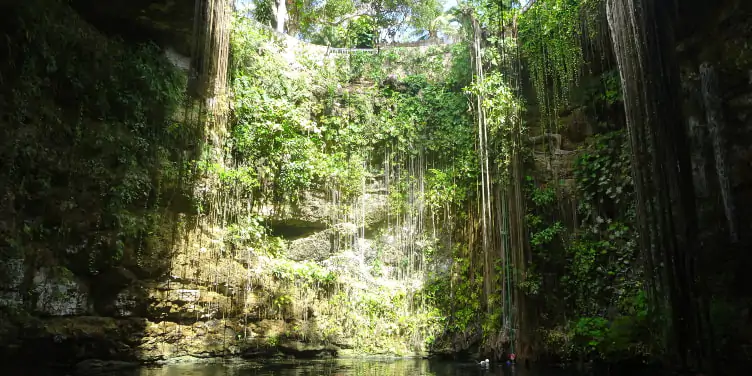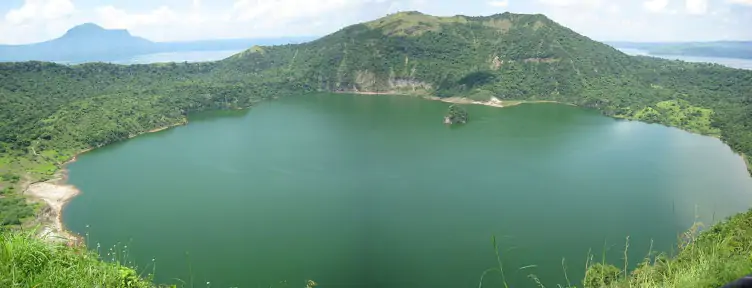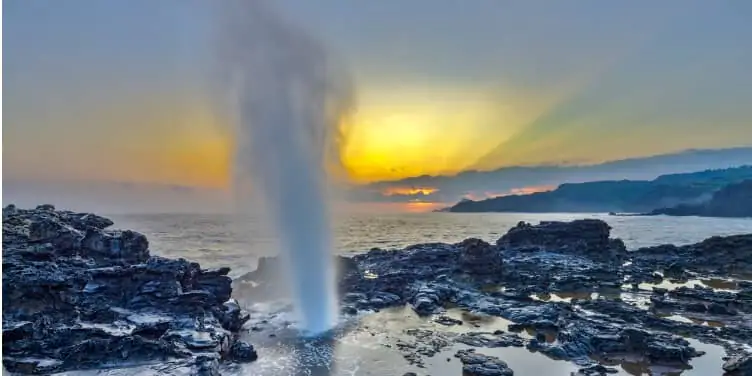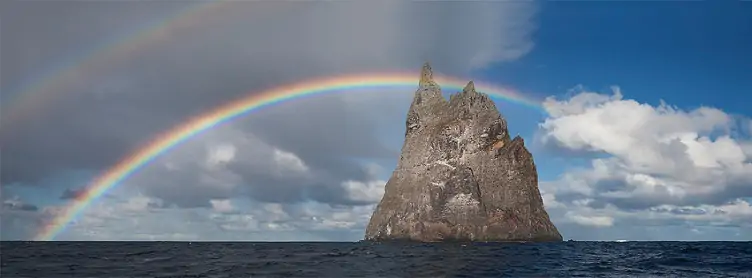Seen enough white sandy beaches and ancient ruins to last a lifetime?
Then maybe it’s time you start seeking out some of the more unique places that you might not find in every travel guide under the sun. There’s so much beauty in the world, natural and man-made.
Here are some truly special places around the world that you might not have known even existed.
Europe
North America
Central & South America
Asia
Rest of the world
Unique places to visit in Europe
Chudnite Skali (Wonderful Rocks), Bulgaria
This aptly-named rock formation in Asparuhovo, Bulgaria might look more at home in a fantasy novel than on the shore of a dam in the Tsonevo Reservoir.
10 limestone spires jut out from the landscape as high as 160 feet and could easily be mistaken for castle ruins rather than rocks eroded by wind and water over thousands of years.
The opposite shore is the best place to view these Wonderful Rocks, although it is possible to get up close and personal. It’s pretty remote though, so transport to-and-from the rocks is limited.
Giant’s Causeway, Northern Ireland
Named in honour of the local legend of Irish giant Fionn mac Cumhaill, the spectacular Giant’s Causeway is a collection of over 40,000 hexagonal columns. They were formed between 23 and 65 million years ago, when Northern Ireland was a hotbed of volcanic activity.
The Causeway is popular among tourists, but is still definitely worth the visit – it’s one of only a handful of formations like this in the world.
There are plenty of transport options and parking available to get there. Just make sure to pack a raincoat and some warm gear – you’ll be at the full mercy of the North Atlantic Ocean with little in the form of cover!
The Giant’s Causeway is part of the National Trust, so unless you are a member, entry comes at a small cost. Pre-booking is essential to avoid disappointment.
Unique places to visit in North America
Sculptured Rocks, New Hampshire
Subtly carved over thousands of years by the Cockermouth River in Hebron, New Hampshire are the curiously-shaped Sculptured Rocks.
Testament to the might of water and the beauty of organic shapes, they are the hidden gem of nature walks in the area.
The Sculptured Rocks come alive in different ways depending on the seasons, so you’re in for a treat whatever time of year you visit. In the summer you can find places to swim in the river, while in the spring, the water flows hard and fast as levels are highest. The winter is much quieter and blankets the rocks in snow.
There’s no admission fee, but it’s a tricky walk, so make sure to wear sturdy shoes with plenty of grip, and take care.
Steins Pillar, Oregon
At 350 feet tall, it’s not hard to spot Steins Pillar erupting from the forest in Prineville, Oregon. The monolith was actually formed by a volcanic eruption from the Ochoco Mountains back when they were active.
Understandably, people have been visiting the site for centuries – it may have even been a sacred site for the Shoshone, a large native-American tribe.
Since this is a really underrated spot in a state filled with impressive geology, it’s nice and quiet. Just be aware that there aren’t any amenities on the four-mile round-trip hike, so plenty of water and a snack or two are a must.
Looking Glass Rock, North Carolina
Speaking of striking geological features, there aren’t many that catch the eye more than Looking Glass Rock in Brevard, North Carolina.
Formed an estimated 390 million years ago, the landscape has eroded to reveal a granite rock face that towers thousands of feet over the Pisgah National Forest.
The real magic of Looking Glass Rock occurs when frozen rainwater on the face creates a mirror-like reflection of the sun.
It’s a challenging hike*, but worth seeing if you like a challenge. The best viewing point is Looking Glass Rock Outlook, at milepost 417 on Blue Ridge Parkway. There’s plenty of parking here and it’s a great lunch-time spot, with incredible views to accompany a picnic.
Unique places to visit in Central & South America
Cenote Ik-Kil, Mexico
Any visit to Cenote Ik-Kil will have you question if magic is, in fact, real and that you were wrong to doubt fairy tales.
There’s something incredible about how the light refracts through the waterfalls and bounces off the hanging vines, 130 feet under the surface of Xcalacoop in the Yucatán Peninsula.
Archaeologists believe the sinkhole (cenote) was once a sacred sacrificial site for Mayans as they’ve found bones and jewellery from the period in the water.
You can make your way down the winding steps towards the water, choosing your point of entry – but not before taking a refreshing shower on-site to protect the delicate ecosystem.
Want to visit this magical destination? Pre-book your tickets before you go to avoid disappointment.
Unique places to visit in Asia
Vulcan Point, Philippines
Just over 30 miles south of Manila, the capital of the Philippines, is perhaps the largest naturally occurring ‘nesting doll’ in the world.
In the Pacific Ocean, in the Philippines archipelago, on the island of Luzon, inside Taal Lake, on top of Taal Volcano, is a caldera filled with water from the lake below, where you can find Vulcan Point.
The stunning location is of great interest to tourists because of the unique ‘third-order island’ atop the vicious and dangerous volcano.
Yuncheng Salt Lake, China
The water of Yuncheng Salt Lake in China follows utterly unique patterns through the seasons. In the summer, you’ll find a technicolour wash of different hues but the winter brings crystal-clear water.
The lake, which is culturally and economically important for the region, is also a point of pride for the locals, who have been ceremoniously gathering piles of salt deposits every year for millennia.
Visitors are encouraged to enjoy the lake and temples dedicated to salt gods, but are asked to treat it with respect. This is to prevent the area from falling to the same fate as other salt lakes in China, which have sadly been destroyed by the pollution of tourists.
Unique places from the rest of the world
Keahole Point blowhole, Hawaii
When Hualālai last erupted in 1801, the lava flow extended the land to create what is now the westernmost point in Hawaii’s Big Island – Keahole Point.
The molten lava created thousands of passages under the Pacific Ocean near the coast of the island, which caused a unique phenomenon – a fantastic whale-like blowhole that redirects the sea’s waves into a spout of water directly upwards.
The blowhole at Keahole Point is at its most spectacular during the winter, when the sea is at its choppiest. By happy coincidence, this is also when humpback whales are most frequent in the area, which, as if it wasn’t already, just makes the trip even more worthwhile.
Ball’s Pyramid, Australia
Not quite the pyramid that first springs to mind, this one is a naturally occurring sea spire believed to be part of the long lost (and recently found) continent of Zealandia.
At 1,843 feet tall, 3,000 feet long, and 980 feet wide, Ball’s Pyramid breaks the expanse of the Tasman Sea enough to be seen by the closest land, Lord Howe Island, 14 miles west.
The largest volcanic stack in the world is also home to a species of insect, the Lord Howe Island stick insect.
Scientists don’t quite know how the 6-inch long stick insect (affectionately referred to as the ‘walking sausages’) managed to make the journey since they can’t fly, but they managed it somehow and are now being bred in captivity.
*Policy limits apply – please refer to your policy documents for full details of sports and activity exclusions.

